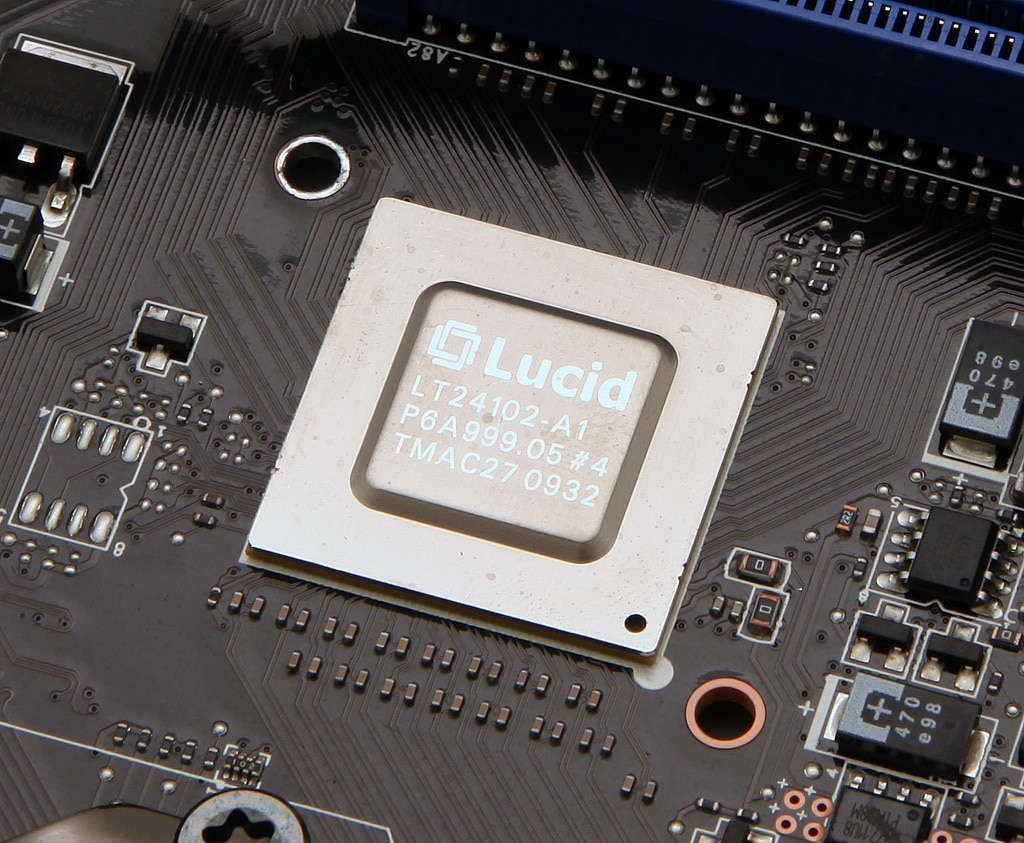Using multiple graphics cards for performance enhancements has historically been tied to the graphics card makers’ own technologies SLI and Crossfire – something that in practice has locked users into sticking to two identical cards from either Nvidia or AMD to get everything rolling. This was something that the company Lucidlogix wanted to change in January 2010, when they launched their Hydra circuit set.
The idea with Lucid Hydra was to create an agnostic solution for multi-graphics support that, unlike SLI and Crossfire, was not bound to use identical graphics cards from the same manufacturer. This would theoretically open up for users to combine a high-performance graphics card from Nvidia and a mid-range card from AMD and get the common performance from these.
The Hydra circuit was in practice a RISC processor placed on the PCI Express bus between the system processor and the graphics cards. The circuit’s job was to intercept and analyze the frames fed from the processor to break them down into smaller parts. These were then fed on to the most suitable graphics card in the system for that particular part of the frame.
Hydra technology is far from complete and should not be sold to consumers at present. The drivers are substandard, the game support is under all criticism and the performance gain that could be extracted was all too often bordered by graphic artifacts and frankly an unstable gaming experience.
When the editors tested the first motherboard, MSI Big Bang Fuzion, which was gifted with the circuit, it was found that the technology worked to a certain extent, and that it was actually possible to get more performance when different graphics cards from different manufacturers were paired. Unfortunately, Hydra was also plagued with serious problems regarding instability, poor performance scaling and graphic artifacts in many games.
The Hydra system was extremely dependent on the company’s own driver and software to work, where Lucid themselves had to add support for new games in this – something that unfortunately happened too rarely. This in combination with a price increase of almost SEK 1,000 on the motherboard price eventually became the nail in the coffin for Lucid Hydra, which never became a success on the market.
► Read SweClocker’s review of MSI Big Bang Fuzion with Lucid Hydra 200
Lucidlogix later went on to develop the Virtu software solution that was implemented on many of Intel’s Z68 motherboards. Virtu allowed the user to continue using the integrated graphics part of the processor even when a separate graphics card was installed.
The idea with this was to make functions such as Intel Quicksync available to the user and at the same time save energy by being able to switch to the more energy-efficient IGP part when needed.















